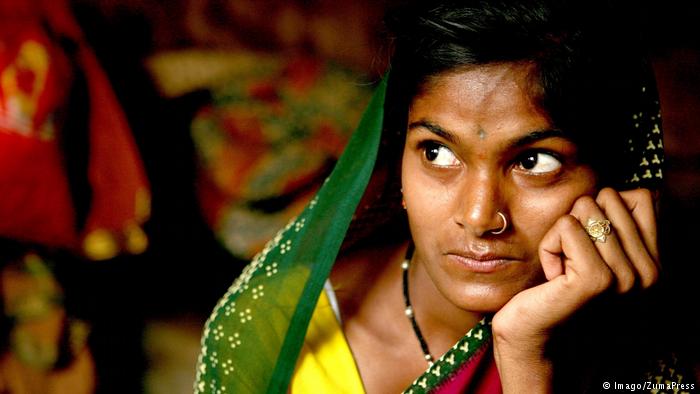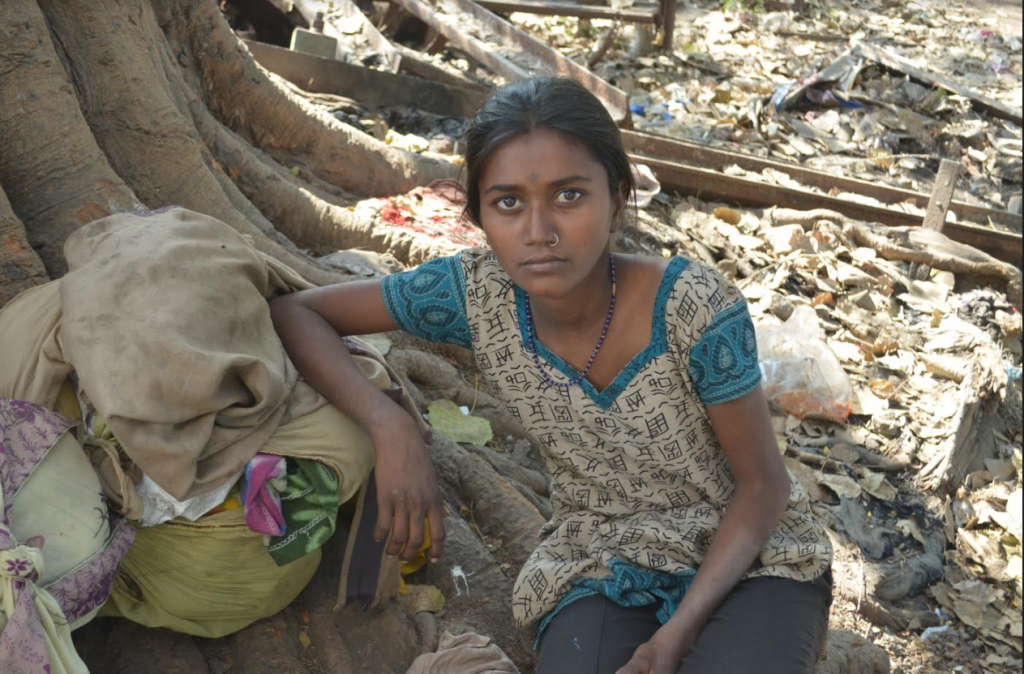“Modern slaves”
Every day hundreds of young women and little children are bought and sold as domestic help across India. In many cases, parents have no idea that their child might be raped, tortured and subjected to severe mental abuse. “Girls in bondage,” a multimedia feature, highlights the plight of young women and children who are lured by agents and end up as domestic labour in different cities in India. Women Talk Online spoke to CNN-IBN’s Priyali Sur, the journalist who uncovered the tragic stories of these victims.
What motivated you to do a project on this topic?
As a journalist I’ve worked on various aspects of human trafficking, particularly cases of women and children trafficked for prostitution and into forced labour. In the course of my research and reporting on human trafficking in India, there is one statistic that has always stood out alarmingly and disturbingly, namely the number of minors, mostly girls trafficked for the purpose of domestic servitude.
The Global Slavery Index of 2013 has also put out a very embarrassing figure for India. It states that almost half of the world’s 30 million forced labours or “modern slaves” are from India. I decided to track the modus operandi of the traffickers and the route taken by them. What I found out was shocking. There are at least 5000 illegal placement agencies supplying domestic workers to affluent families. Most of them operate out of the national capital Delhi alone. These agencies liaise with local agents, natives of remote villages from the eastern part of India.
Click here for more on the project.
Minor girls from extremely poor families are identified by these agents and then lured to the city with the promise of a good job. Once in the city the traffickers sell each girl for about 120 dollars to the placement agency. The agency further sells her for 600-700 dollars to a family as a domestic labour. The girls perform all household chores, from cooking, cleaning to baby sitting and in return are paid mostly nothing. Often their monthly wage is paid to the agencies.
Most of these girls get trapped in this vicious cycle forever. Unaware and illiterate they have no idea of how to return home. The traffickers and agencies make the most of their vulnerability and shift them from one household to another for years together. At times they are even sexually exploited. It is something that the world needs to know. In my own way, I try and report on this to raise awareness and stop this crime.
What do you think is responsible for this kind of slavery in Indian society?
There are many factors that contribute to the growing number of domestic slaves in India. The International Labour Organisation says the number of domestic workers in India ranges anywhere from 2.5 million to 90 million and despite being the largest workforce in the country, they are unrecognised and unprotected by the law of the land. India does not have a national policy that entitles them to minimum wage or benefits such as health insurance, pension or even leave from work. The Union Labour ministry has formulated a policy but it’s still awaiting cabinet approval. With the law not accounting for them it becomes very easy to exploit them.
The illegal agencies in the cities which provide such workforce to domestic households too are not regulated by any law. In the absence of regulation and proper policing, the agencies unabashedly traffic minor girls and sell them as domestic slaves. Also the rich and the upper middle class, who employ the poor for every possible domestic chore fuel domestic slavery. This kind of exploitative employment, I think, also helps keep the class-divide alive. The concept of caste divide is another factor that comes into play. Often people from upper castes continue to employ those from the lower castes as bonded labour, offering only food and shelter in return. So a weak law, no protection to a workforce, an immensely exploitative society and overall apathy and criminal silence lets this system run.
India is growing rapidly. Do you think this rising opulence could cause more problems for the downtrodden?
With specific reference to problems for women and girls, I’d say that gender-based violence unfortunately cuts across all barriers be it economic affluence, caste or class. It doesn’t have any direct correlation to opulence, urbanisation, or poverty and social backgrounds. In fact, contrary to what many believe that violence against women is predominantly a rural phenomenon, cases of female foeticide and dowry deaths have been reported more from the cities. Also the number of rapes reported in cities such as Delhi and Mumbai has doubled in the past one year.
This could be attributed to more awareness (and in turn more reporting of such crimes) after the brutal gang rape of a student in a moving bus in Delhi last year. This horrific crime in India’s capital galvanised the most muted voices to speak up against such violence. Just two months after the incident when I was filming a story in Godhra, a town in India’s western state of Gujarat, I met a 13-year-old girl who had gathered the courage to file a complaint of rape against her own father. She told me that she felt it was necessary to speak out so other girls like her would break their silence as well. It was an example of a how a crime on a young girl in the national capital and the extent of its brutality moved girls across urban and rural India to come together and fight the violence inflicted on them. In the context of violence and trafficking increased awareness through various support groups and help lines is a key tool to prevent it.
How does a multimedia project help you in spreading your message?
I thought of using the digital tool and attempting this digital documentary, possibly the first attempt in India, to turn the spotlight on this neglect, apathy and crime of trafficking. The web helps spread this information across different barriers and time zones. Telling this story of extreme exploitation of these young girls was my main motivation. The world had to know this. The story-telling had to be accurate and sensitive. It also had to ensure people stopped and read. That’s why I decided to tell it through pictures and videos. Visual testimonies of the girls, describing what they went through brings the reality to the reader. The visual tool also helps the reader get a better sense of the remote villages and the backgrounds from where these girls come and how that is exploited.
Also this kind of human trafficking sadly is a problem not just limited to India; it is one of the worst human rights crises in the world today. As I said already, an online, multimedia documentary of this nature breaks through geographical boundaries and helps the voices of these girls resonate across the world.
Interview: Priyali Sur (via Email)
Editor: Manasi Gopalakrishnan
You can follow Priyali Sur on Twitter @priyalisur.






